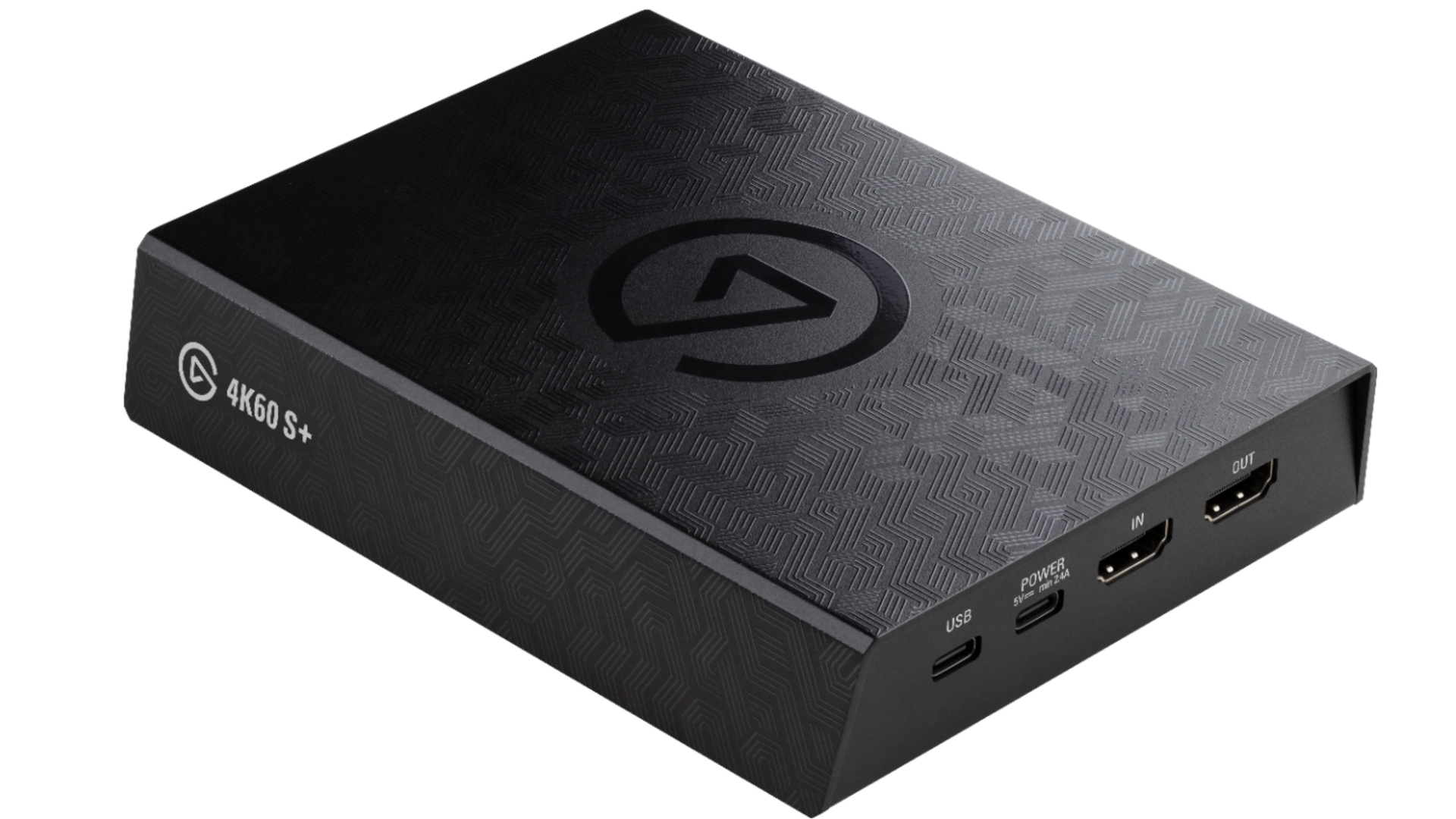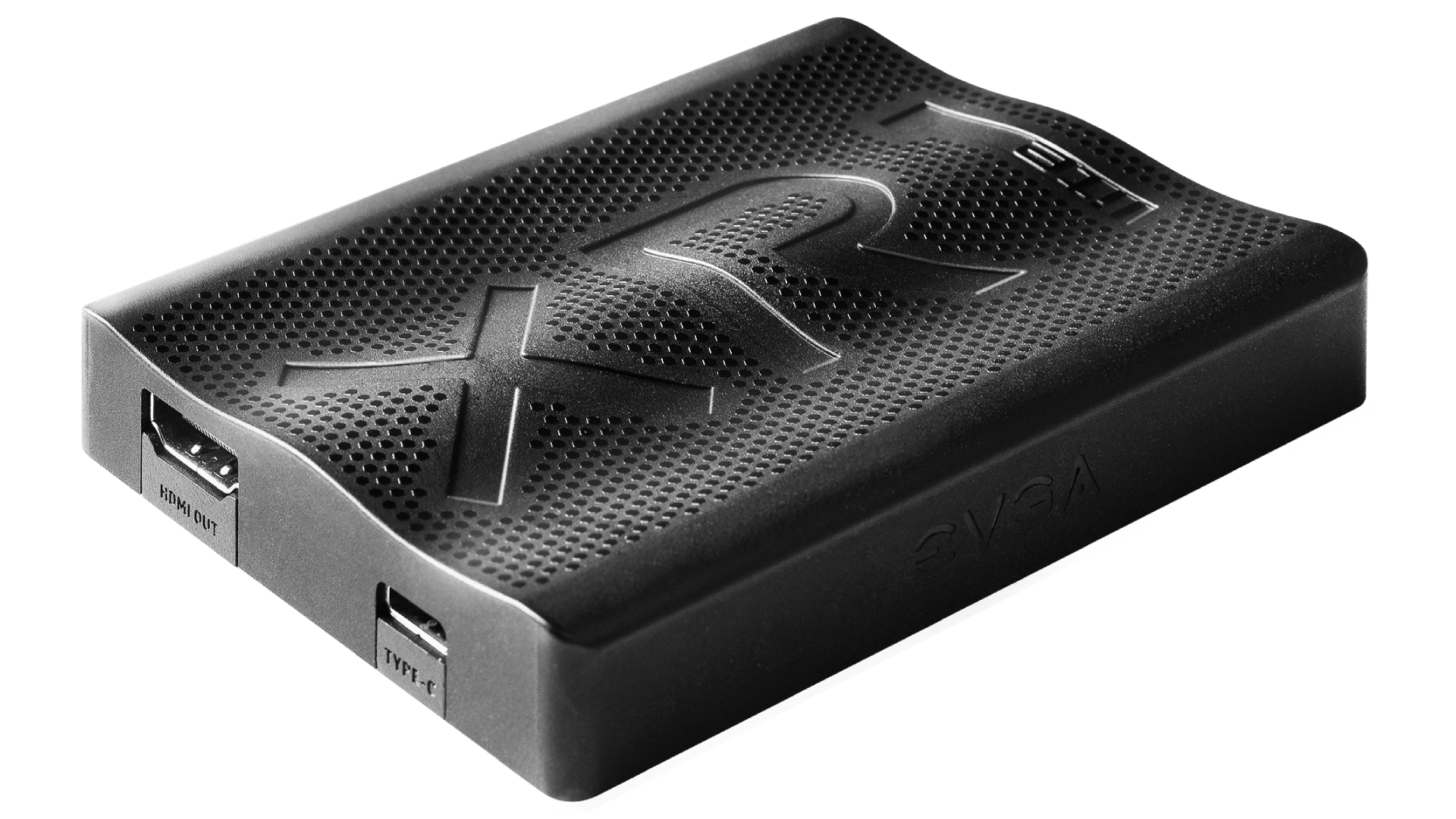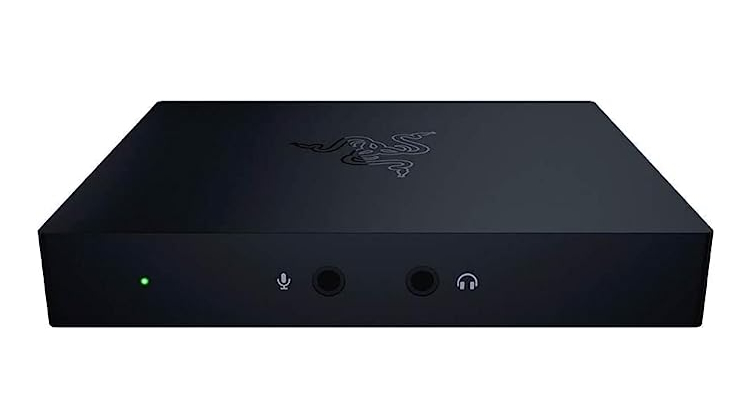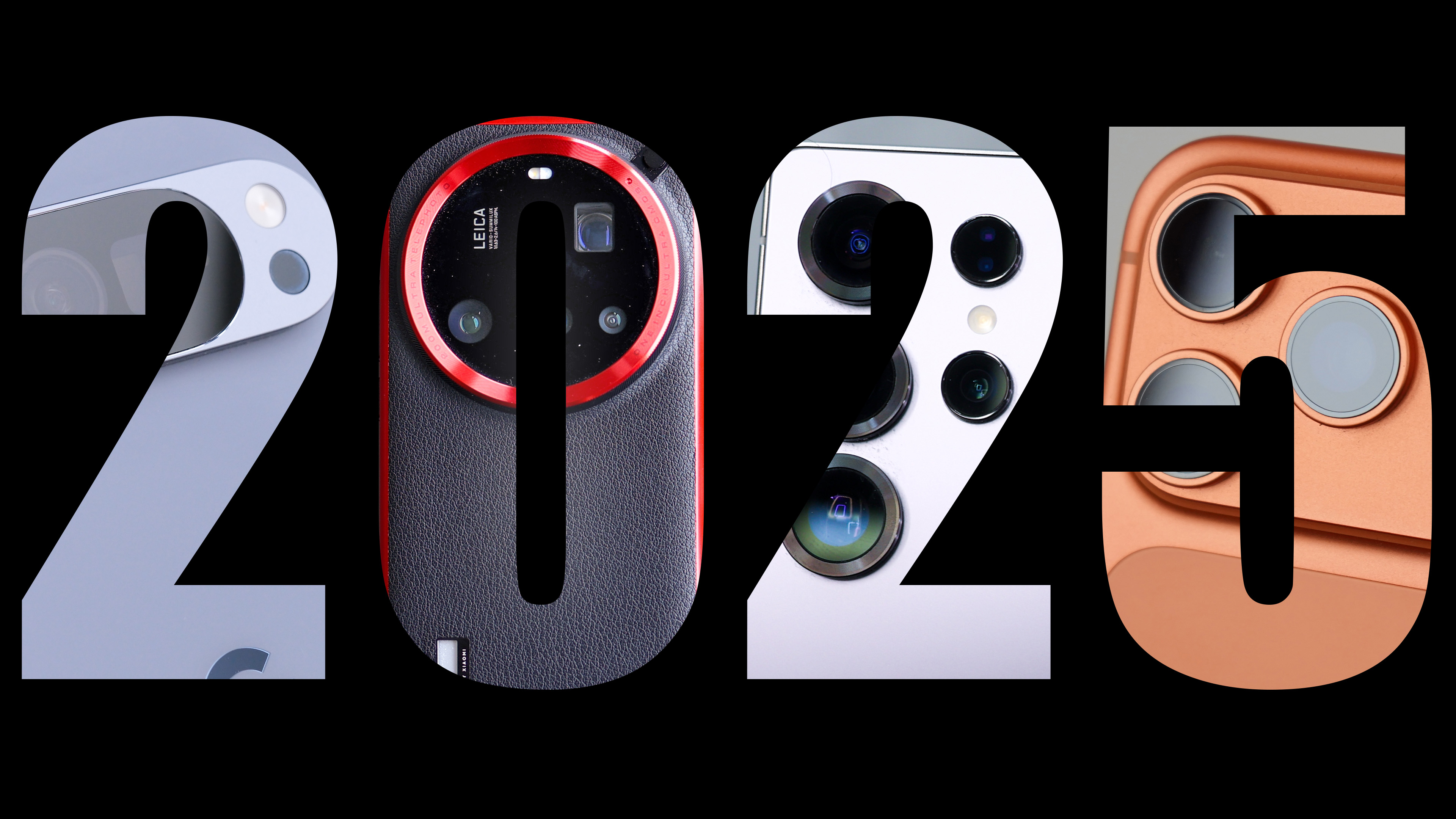Best capture card for streaming and video editing
Capture cards let you to import video from various sources to your computer for streaming and editing. Our experts pick the best
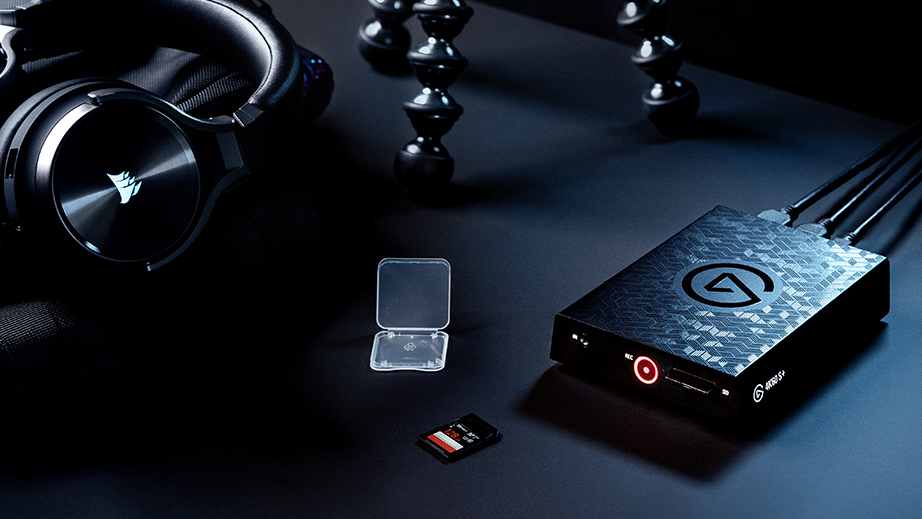
Thanks to the rise in video game streaming, the best capture cards are more powerful, versatile and feature-packed than ever.
While many people use capture cards to record footage from game consoles and stream them via services such as Twitch, capture cards are also fantastic tools for non-gaming applications, such as turning your camera into a powerful webcam, or digitizing footage from old sources such as VHS tapes and camcorders.
Combined with our guide on VHS to DVD converters, the best capture cards can help ensure irreplaceable footage on older technology is safely converted to digital files for editing, repairing and storing.
Despite them being called 'capture cards' there are actually two main types of this product. There are the original card designs that slot into your PC's motherboard (in a similar fashion to graphics cards and sound cards), and these offer excellent performance and comparatively lower prices. Once installed, they also help keep your desk and workspace clear of clutter, as you can then plug devices directly into your PC.
The downsides of this type of capture card is that you have to open your PC to install them, and you need a free compatible PCI slot in your motherboard - and this means they aren't the best choice for people who aren't comfortable tinkering with their PCs. Once installed, it means they're as portable as the PC you've slotted it into, which usually isn't very easy to move. If you use a Mac, all-in-one PC or a laptop, then these won't be compatible.
The good news is that there are a growing number of modern external capture cards. These plug into your computer via USB, and that makes them much easier to install, and means they are also compatible with Macs and laptops. They can be more pricey, as well.
When buying a capture card, you should also consider the inputs it accepts. Understandably, most modern capture cards stick to HDMI, which is the most widely-used interface for transmitting audio and visual, but that means if you want to import AV from sources that don't have HDMI, you'll either need to find a capture card with more options, such as coaxial or phono inputs (which are increasingly rare and expensive), or use a converter.
Keep in mind what resolutions and frame rates they support as well. While 4K and 60fps (or higher) are ideal and future-proof, if you don't need that kind of performance, you can save money by getting a capture card that focuses on 1080p, for example. If you're converting old home movies for putting on a DVD, even that will be overkill. However, if you want the very best image and audio quality, make sure you check out our best HDMI cables guide to ensure you have a cable that can do the footage justice.
Best capture card in 2025
Why you can trust Digital Camera World
1. Elgato HD60 X
Our expert review:
Specifications
Reasons to buy
Reasons to avoid
The Elgato HD60 X is our pick for the best all-round capture card in 2024. While it doesn't offer the very highest video capture quality at 4K and 60fps (4K is capped at 30fps), its 1080p abilities are fantastic, capturing at 60fps and with HDR support as well.
It comes with two HDMI ports - one input and one output. The output HDMI can be connected to a TV or monitor to display footage while you record, with minimal lag. This is particularly important if you are using the Elgato HD60 X for recording gameplay for live streaming. There is also a USB-C port for connecting it to a PC, laptop or Mac.
However, it should be noted that there have been some reports of the Mac compatibility not being great, so if you are looking for a capture card to connect to your Mac or MacBook, you should look elsewhere.
2. Elgato 4K60 S+
Our expert review:
Specifications
Reasons to buy
Reasons to avoid
If you're looking for the best premium capture card that offers the largest array of features and supports ultra-high resolution recording, then the Elgato 4K60 S+ is well worth looking into - if you can afford it.
It supports 4K at 60fps recording, so for almost all footage, you're going to get the absolute best quality, with a built-in HEVC chip for lossless encoding - this means the image quality from the original source should be maintained, which is an important consideration for video editors and archivists. If you want a card for streaming video game footage at exceptional quality, this card will also do that.
The Elgato 4K60 S+ connects to your PC or laptop via a USB cable, but you can also plug in a memory card and record directly onto that. This is incredibly useful as it means you can use it without a PC, making it portable and versatile. Sadly, Macs aren't supported, but you can get around this by using the memory card recording function, then transferring footage from the memory card to your Mac (though you may need an adaptor if your Mac or MacBook doesn't have a memory card slot).
Of course, these features come at a premium cost - this is one of the more expensive capture cards you can get right now.
3. EVGA XR1 Lite
Our expert review:
Specifications
Reasons to buy
Reasons to avoid
The EVGA XR1 Lite is our pick for the best budget capture card you can buy in 2024. Despite having a price tag that's noticeably lower than many of its rivals, the EVGA XR1 Lite still offers some handy features, such as the ability to record at 1080p at 60 fps, which will offer you excellent image quality. If you want to use it to record gameplay, the passthrough option allows you to play at 4K at 60fps. The passthrough option also allows you to use your DLSR camera or video camera as a high-end webcam.
Build quality is also solid, and the compact size means it's easy to carry around. There are some limitations though, which is understandable for a budget capture card. First, while it can passthrough 4K resolutions at 60fps, it can only record at 1080p at 60fps. That's probably more than enough for most people, but bear in mind you're not getting the highest possible image quality.
Encoding options are limited, as is compatibility - Windows users won't have an issue plugging this into their PC or laptop, but Mac users should look elsewhere.
4. Razer Ripsaw HD
Our expert review:
Specifications
Reasons to buy
Reasons to avoid
While video capture cards can have a range of uses for digital creatives, they remain primarily a tool for recording and broadcasting gameplay, so if you're looking for a great capture card for showing off your gaming prowess, then the Razer Ripsaw HD is an excellent choice.
Razer is a trusted brand when it comes to gaming, and it's used its experience with gamers to produce an easy-to-use and well built capture card. It plugs in via USB, and it supports streaming from all the modern games consoles.
It passes through footage to a TV or monitor at 4K at 60fps, so your games will continue to look fantastic while you're playing. However, the Razer Ripsaw HD only records at 1080p at 60fps. This might be disappointing, but it keeps the cost down, and most video game streaming services, such as YouTube and Twitch, default at 1080p resolutions to save internet bandwidth, this shouldn't be too much of an issue.
Despite it's gamer-centric features, it doesn't mean that the Razer Ripsaw HD should be overlooked by other creatives, as it's a solid and affordable capture card that's easy to install. It also has hardware-based audio mixing, which is great for streaming and broadcasting, but can also be helpful to video editors as well.
5. Avermedia Live Gamer Duo
Our expert review:
Specifications
Reasons to buy
Reasons to avoid
The Avermedia Live Gamer Duo is a great internal capture card which slots into your PC's PCIe slot, which is found on the motherboard. Because of that, this isn't a card you can use with a laptop or a Mac, and it may put off anyone who doesn't feel comfortable opening their PC and installing a card.
However, the installation process is a lot easier and less scary than you might imagine, and if you're used to tinkering and upgrading your PC, you'll have the Avermedia Live Gamer Duo up and running in no time at all. The bundled software helps with this, thanks to its user-friendly design.
This capture card maxes out at recording footage at 1080p and 60fps, but it can also passthrough 4K60 content. As the 'Duo' in the name suggests, the Avermedia Live Gamer Duo can record from two HDMI inputs at once. This means it's a great option for people who want to create advanced multi-source live streams, or to help speed up workflows by importing from two devices simultaneously.
6. Genki ShadowCast
Our expert review:
Specifications
Reasons to buy
Reasons to avoid
The Genki ShadowCast is the best compact capture card. Its size is impressively small - the whole thing is around the same size as a USB memory stick. This makes it exceptionally easy to carry around with you.
It works by plugging directly into the HDMI port of the device you want to record from, and connects to a PC or Mac via a USB cable. So, it's incredibly easy to set up and use, thanks to the special software that's also included.
Despite its simplicity, it does a good job of quickly recording and streaming from attached devices, and it can be used for various uses. As well as plugging into a games console, you can connect it up to a camera and use it to turn the camera into a webcam.
You can also use it to turn your laptop screen into a multi-source monitor or TV. So, rather than plugging a console into a TV when you're travelling, you could plug it into your laptop via the Genki ShadowCast and use the screen of the laptop as the TV to play games on.
The small size and equally small price tag means you're not going to get the range of features (or image quality) that larger, more expensive capture cards offer, but as long as you know the compromises the Genki ShadowCast has to make, you'll be very pleased with this compact capture card.
What does a capture card do?
Capture cards allow you to record content from various sources on your PC or laptop. The recorded files can then be uploaded and shared to video websites such as YouTube. Livestreaming has also become increasingly popular, where capture cards are used to simultaneously record and broadcast footage. While they are mainly used for streaming games, they can also be used to record footage from digital cameras and other video sources.
What do I need to run a capture card?
As well as the capture card itself, you'll need to have a compatible PC or laptop. USB capture cards can be used with laptops, while PCIe cards can only be used in desktop PCs. You'll also need a source to record from, such as a games console or DSLR camera. You'll need a cable to connect the source to the capture card. If the source uses HDMI, then you just need a HDMI cable. However, for older sources, you may also need adapters to connect them to the HDMI port of the capture card. Once connected, you'll also need software, such as OBS, to record and broadcast the footage.
• How to use your DSLR, mirrorless camera, or GoPro as a 4K webcam with a capture card
• Best camera for streaming
The best camera deals, reviews, product advice, and unmissable photography news, direct to your inbox!
Matt is TechRadar's Managing editor of core tech. Having written for a number of magazines and websites, there's no aspect of technology that Matt isn't passionate about, especially laptops and PC gaming.

